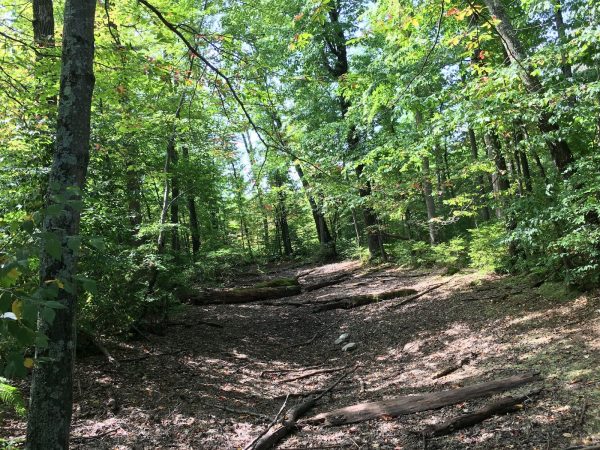Marbled Salamanders (Ambystoma opacum) are enigmatic amphibians who belong to the Ambystomatidae family, more commonly known as the “mole salamander” family.
INTRO
It’s plausible to assume that when most people think of autumn, pumpkins, colorful leaves, and costumes come to mind. But for amphibian enthusiasts in the Mid-Atlantic, the fall season marks the peak activity time for a spectacular salamander species.
As the name suggests, mole salamanders (Marbled Salamanders included) spend considerable time underground. In fact, Marbled Salamanders and their relatives typically only surface for a few weeks every year. The timing of that window of surface activity is one of the ways in which Marbled Salamanders are unique. But before we delve into that, here’s some general information about this species:
ID/DESCRIPTION
Marbled Salamanders are small relative to some of their relatives in the Ambystoma genus but are relatively large compared to most salamander species people are familiar with. They can reach lengths of 4-5 inches and are relatively stout-bodied. They sport a beautiful, contrasting marbled pattern overtop their black bodies. Males and females differ slightly in that males tend to have a brighter, silvery-white pattern, whereas females possess a dull, dark gray pattern.

HABITAT AND DIET
Marbled Salamanders are woodland creatures occupying forested habitats over various landscapes. In Pennsylvania, they are typically found in deciduous woodlands with an abundance of leaf litter, woody debris, and perhaps most importantly, vernal pools.
Like most salamanders, the diet of Marbled Salamanders consists of smaller invertebrates such as worms, insects, and slugs. However, during their aquatic larval stage, they have been recorded feeding on other amphibians as well.

ACTIVITY & REPRODUCTION
As previously mentioned, mole salamanders are typically only active aboveground for a short time each year. Surface activity is primarily associated with each species’ breeding season which, for most mole salamanders, occurs in early spring when vernal pools are full of water. However, Marbled Salamanders are unique in that they breed during the fall when the pools are mostly dry. As summer ends and autumn rains begin, Marbled Salamanders migrate from upland habitats down to those dried vernal pools. Mating happens shortly after, and females lay their eggs beneath the leaf litter, logs, and other debris within the dried vernal pools. Females will then stay with their eggs and guard them against predators. That is until enough rain fills up the pool, at which time the females leave their eggs and head back uphill to their winter refugia. The eggs eventually hatch into fully aquatic larvae and remain within the pools until the following summer, when they metamorphose into their fully terrestrial form.

CONSERVATION
Unfortunately, roads often transect the upland habitats and vernal pools that Marbled Salamanders have to migrate to and from. A road is no place for most animals, and thousands of Marbled Salamanders are killed by vehicles every year. Luckily, several organizations (Heritage Conservancy included) have made efforts to assist this species in its dangerous treks across roads. Salamander crossings, made possible by volunteers, have helped hundreds of Marbled Salamanders off the road so they can successfully breed and make it back to their overwintering grounds. But there are many places where no such efforts exist, and road mortality continues to be a burgeoning threat to this species and others, for that matter.
PARTING THOUGHTS
There’s plenty to love about fall; hopefully, this article has added another item to your list. Marbled Salamanders are unique and truly amazing amphibians who should garner more appreciation than they do. If you’d like to learn more about this species and other local amphibians, check out the links below.
Thank you so much for reading, and happy salamandering!
Sebastian Harris, Heritage Conservancy Conservation Easement Steward
http://srelherp.uga.edu/salamanders/ambopa.htm
https://www.smithsonianbooks.com/store/science-nature/salamanders-united-states-and-canada/
